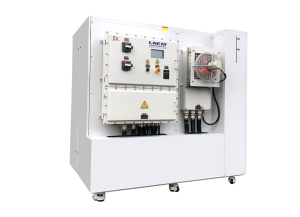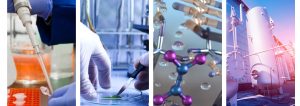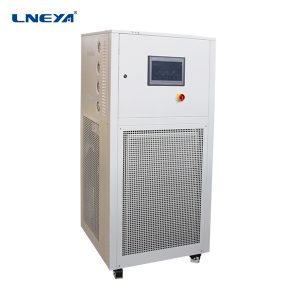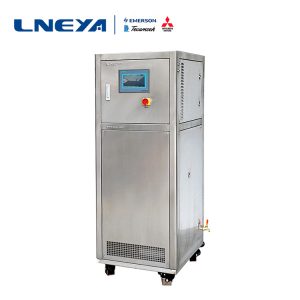재결정화 온도와 영향을 미치는 요인은 무엇인가요?

Recrystallization is the process of recrystallizing crystals from a solution or melt after they are dissolved in a solvent or melted. Recrystallization can purify impure substances or separate mixed salts from each other. Among them it is the result of physicochemical action.
Solid material can be purified by recrystallization. Recrystallization of some metals or alloys can refine the grains, or change the crystallization, thereby changing its properties.
The general process of recrystallization purification method:
Selection of solvent – Dissolving solids – Filtration while hot to remove impurities – Precipitation of crystals – Collection and washing of crystals – Drying of crystals
When performing recrystallization, choosing an ideal solvent is a key, and an ideal solvent must meet the following conditions:
(1) No chemical reaction with the purified substance.
(2) A large amount of the purified substance can be dissolved at a higher temperature; while at room temperature or lower temperature, only a small amount of the substance can be dissolved.
(3) The solubility of impurities is very large or very small (the former case is to keep the impurities in the mother liquor and not precipitate with the crystals of the purified product; the latter case is to make the impurities be filtered out during hot filtration).
(4) It is easy to volatilize (the boiling point of the solvent is low), and it is easy to separate and remove from the crystal.
(5) It can form better crystals.
In the operation of recrystallization, the crystal must be dissolved in hot distilled water, must be dissolved in hot solvent, and filtered after cooling.
Solutes have higher solubility when the temperature is higher, and higher solubility when the temperature is lower; if a saturated solution is prepared when the temperature is high, lower the temperature, and the solute will be precipitated in the form of crystals. The amount of impurities is small, and they are still dissolved in the liquid even at low temperatures, so further filtration can achieve the purpose of purification. Therefore, if hot distilled water is not used, it still needs to be heated, and a high-concentration solution must be prepared at high temperature
Strain while hot. Therefore, it needs to be cooled to room temperature or even lower to allow the crystals to precipitate as much as possible before filtering.
Our LNEYA heating system/heating circulator UC series, heating temperature range 50 ℃ ~ 300 ℃, Widely used in petrochemical, chemical, pharmaceutical, bioengineering, life science, Light industry and food,Industry, sample testing and so on. If you If you are interested in our equipment or need to purchase a heating circulator, you can contact us to get a manual for understanding.
관련 권장 사항
-
제약 공장용 원자로 냉각 난방 시스템
10501. 프로세스 요구 사항: 2. 미디어 호환성: 3. 온도 범위: 4. 청결 요건 5. 공간 및 유지보수: 요약하면, ...
세부 정보 보기 -
레이저 냉각기를 선택하는 방법은?
1257레이저는 자극 방사선에 의한 빛 증폭의 약어입니다. 광학 물질(예: 유리, 크리스탈 또는 가스)의 원자에 있는 전자가 전류의 에너지를 흡수하면 레이저가 생성됩니다. 증가된 에너지는 ...
세부 정보 보기 -
LNEYA PCR 미세유체 칩 온도 제어 시스템 프로젝트 개발의 객관성
1077The PCR microfluidic chip temperature control system is a new dynamic refrigeration heating produced by LNEYA for the integrated circuit chip industry. For the chip testing industry, the LNEYA PCR microfluidic chip temperature control system can b...
세부 정보 보기 -
고온 및 저온 장치 관련 기기 유지보수 지침
1162The liquid medium should be added before the high and low temperature circulation device is used. The liquid medium generally uses more than 95% alcohol, and the liquid medium cannot be lower than the working plate 20mm. The high and low temperatu...
세부 정보 보기
 LNEYA 산업용 냉각기 제조업체 공급 업체
LNEYA 산업용 냉각기 제조업체 공급 업체














